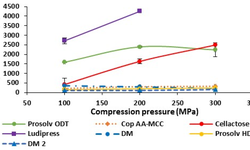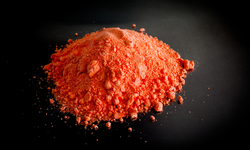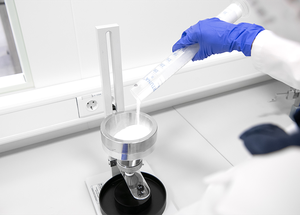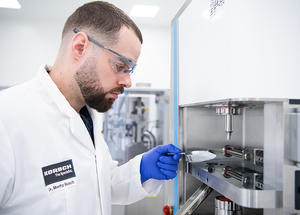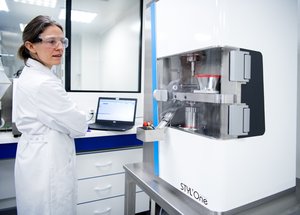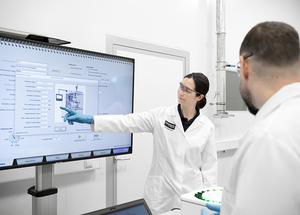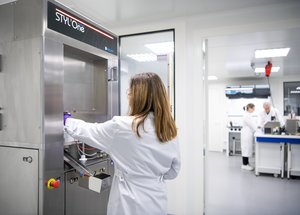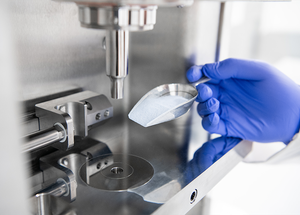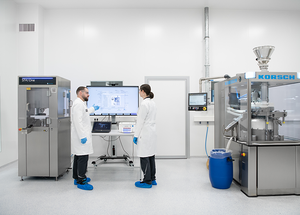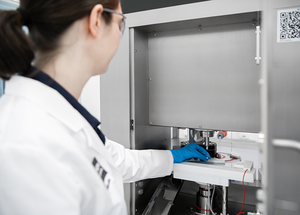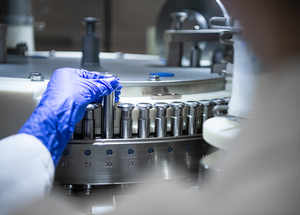Scientific papers
Granulation of powder blends is a frequently employed method in pharmaceutical formulations when there are issues with flowability, compactability, or uniformity in terms of the active pharmaceutical ingredient (API) content. Wet granulation, particularly in batch mode using high shear or a fluidized bed, is often chosen in such scenarios. However, continuous twin-screw granulation (TSG) presents several advantages over batch techniques. It is more efficient, requiring less water, and produces granules with preferable properties, such as increased porosity and less spherical shape.
In TSG, components are gravimetrically fed into a blender and then into the granulator in a continuous manner. Typically, a binder dissolved in solution is added to the formulation to promote cohesion between the ingredients, ensuring that the resulting granules and tablets meet quality standards such as size distribution, friability, tensile strength, and content uniformity. Common binders in TSG include hydroxypropyl methylcellulose (HPMC), hydroxypropyl cellulose (HPC), and polyvinyl alcohol (PVA). The selection of an appropriate binder is crucial for effective agglomeration of the API with excipients and to enhance process efficiency by ensuring accurate feeding and reduced drying times.
This document presents an evaluation of the suitability of PVA as a binder in TSG for formulations with varying levels of hydrophilicity and hydrophobicity. PVA is widely recognized and utilized in pharmaceutical products across diverse formulations.
Comments
No comments posted yet.
Add a comment

